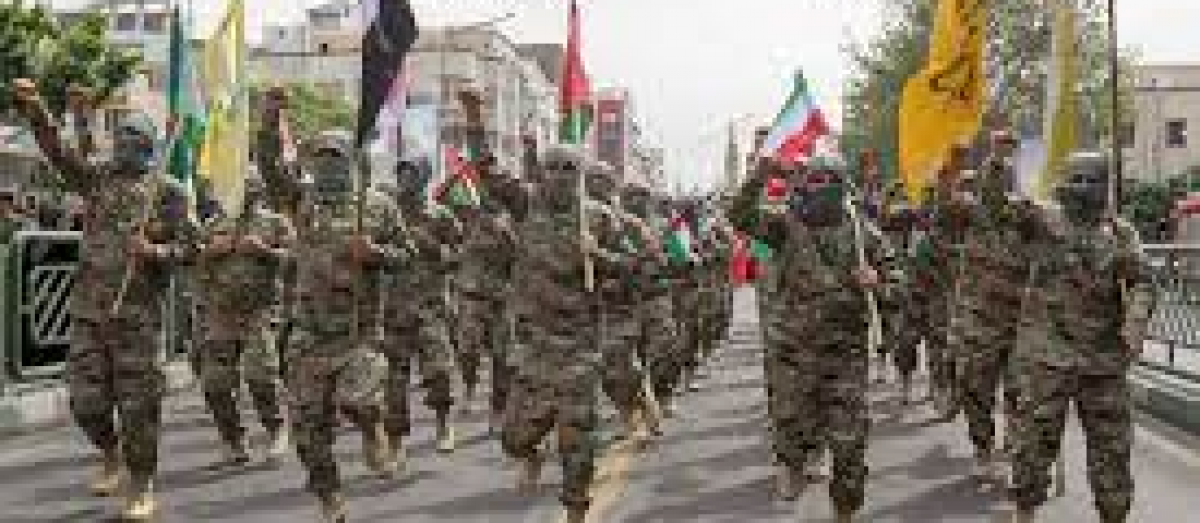Hamas, Israeli Rule & the Occupied Territories – A Cause and Effect?

The Israeli-Palestinian conflict, with its tangled history and myriad complexities, is an emotionally charged and politically sensitive topic that has attracted global attention for decades. One key element of the discourse surrounding this conflict is the establishment and actions of Hamas in relation to the treatment of Palestinians under Israeli rule in the Occupied Territories.
Historical Context:
Before diving into the crux of the matter, it’s essential to understand some of the historical context. After the 1967 Six-Day War, Israel captured several territories, notably the West Bank and Gaza Strip. Since then, these areas have been referred to as the “Occupied Territories.” The Israeli government has established settlements in these territories, a move that the international community widely views as illegal under international law. Palestinians living in these regions are subjected to a combination of Israeli military and civil rule, with varying degrees of autonomy.
Descriptions of Israeli Rule:
Many critics of Israeli policies compare the situation in the Occupied Territories to apartheid, the system of racial segregation and discrimination that existed in South Africa until the early 1990s. They point to policies and practices such as separate roads for Israelis and Palestinians, the building of a separation barrier, and the different legal systems for Israeli settlers and Palestinians. Supporters of Israel argue that these measures are necessary for security reasons, given the history of violence and terrorism emanating from these territories.
The living conditions in the territories, particularly in the Gaza Strip, are dire. Restrictions on movement, periodic military operations, and economic blockades have contributed to a humanitarian crisis. Critics argue that such conditions are oppressive and have been instrumental in fueling radicalism among Palestinians.
The Rise of Hamas:
Hamas was established during the First Intifada in 1987. The group positioned itself as both a resistance movement against Israeli occupation and as a provider of social services, gaining significant grassroots support among Palestinians. Some analysts argue that the group’s rise was, in part, a response to Israeli policies and actions in the Occupied Territories.
The Chicken or the Egg?
It’s a challenging task to disentangle the cause-and-effect relationship between Hamas’s rise and Israeli actions. Some contend that Hamas is a direct result of oppressive Israeli policies, while others believe that the group’s existence and actions further justify Israel’s strict measures in the territories.
While it’s clear that the situation in the Occupied Territories and the policies enacted by the Israeli government have played a role in the political landscape, it’s also essential to recognize other factors. These include regional influences, internal Palestinian politics, and the broader context of the Arab-Israeli conflict.
Conclusion:
The Israeli-Palestinian conflict is multifaceted, with deep historical roots and a multitude of contributing factors. While it’s tempting to simplify the narrative, it’s crucial to approach the topic with nuance and a comprehensive understanding of its complexities. The relationship between Hamas and Israeli policies in the Occupied Territories is just one piece of this intricate puzzle.




